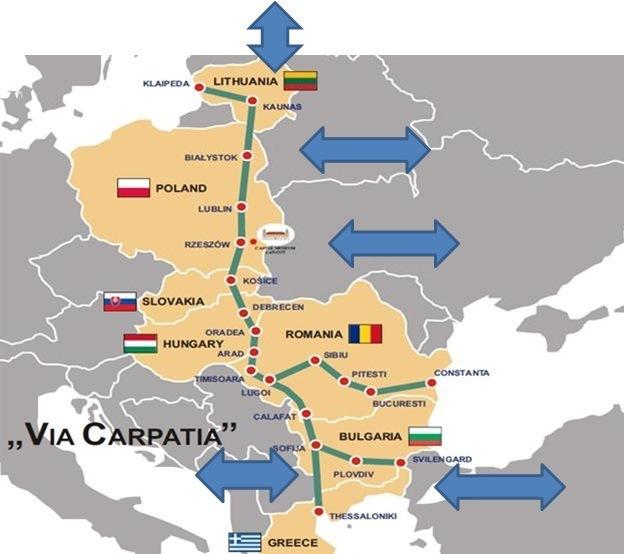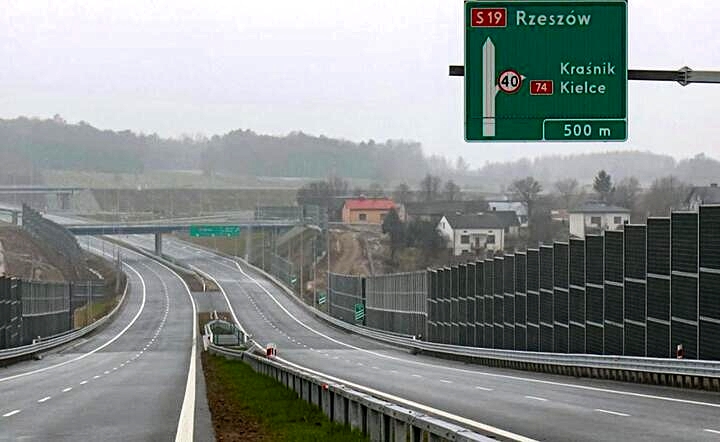Polish and Slovakian national road agencies signed an agreement on the construction of two sections of Expressway S19 on both sides of the border, as part of the Via Carpatia route.
The Via Carpatia project envisions the construction of a highway that runs through Lithuania, Poland, Slovakia, Hungary, Romania, and Greece. The project gained special importance following the outbreak of the war in Ukraine, as it became clear that such a route would be extremely helpful in transporting Ukrainian grain to European and global markets.
The Polish part of Via Carpatia spans 700 kilometers from Białystok in northeastern Poland to the border with Slovakia in the south. Currently, 260 kilometers of this road are in use, 280 kilometers are being constructed, and the rest are mostly in the design stage.

On Feb. 10, Poland’s General Directorate for National Roads and Highways (GDDKiA) and the Slovakian National Motorway Company (NDS) signed an agreement on the construction of around 78 kilometers of roads in total. The agreement is connected to GDDKiA, which received €326 million in EU funds for investments.
The Slovakian side was represented by the CEO of NDS, Vladimír Jacko, who admitted Poland was ahead of Slovakia when it came to the construction of Via Carpatia. According to the schedule, Poland will finish its part of Via Carpatia by 2030.
“The fact that we began constructing the Kosice ring road a year ago shows that we are taking the building of Via Carpatia seriously. We will take all steps necessary so that Via Carpatia can be built as soon as possible,” said Jacko.
The spokeswoman for Poland’s GDDKiA, Joanna Rarus, said that the construction work on the Polish side of the border, in the Rzeszów region, will start next year.
The route between Dukla and Barwinek in southeastern Poland, bordering Slovakia, is one of the most difficult sections of Expressway S19 to construct due to geological and environmental conditions.
“Fifteen overpasses will be built. The longest one will be around 1.1 kilometers long, stretching across a valley utilizing 35-meter-high pillars,” said the spokeswoman.






